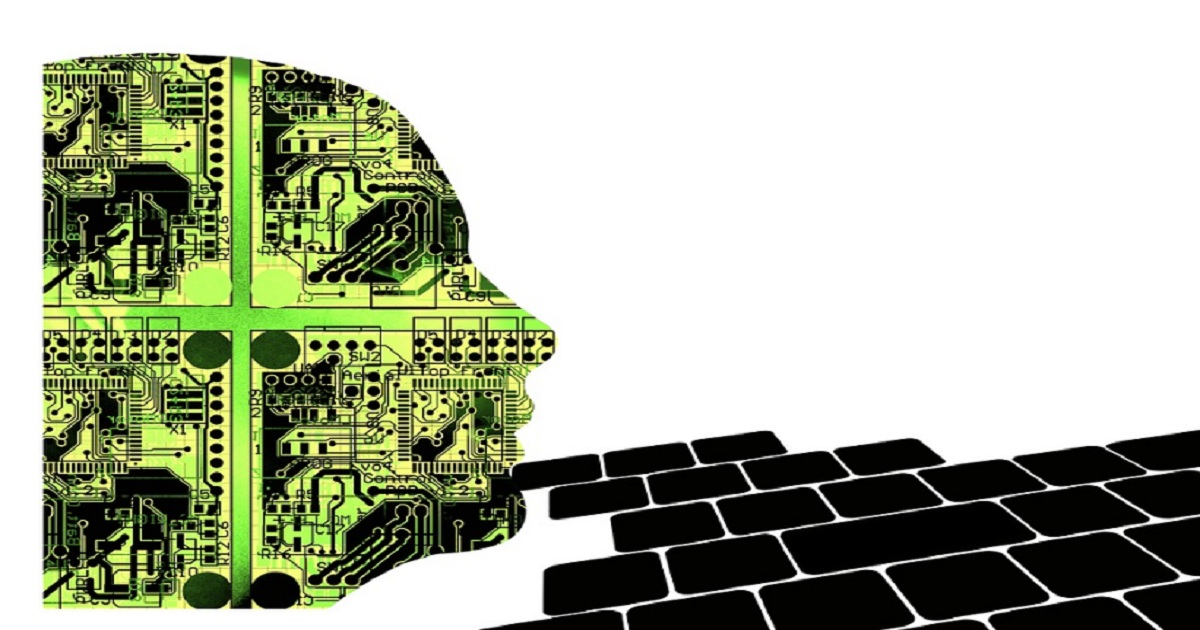Stanford AI recreates chemistry’s periodic table of elements
National Academy of Sciences | June 28, 2018

It took nearly a century of trial and error for human scientists to organize the periodic table of elements, arguably one of the greatest scientific achievements in chemistry, into its current form. A new artificial intelligence (AI) program developed by Stanford physicists accomplished the same feat in just a few hours. Called Atom2Vec, the program successfully learned to distinguish between different atoms after analyzing a list of chemical compound names from an online database. The unsupervised AI then used concepts borrowed from the field of natural language processing in particular, the idea that the properties of words can be understood by looking at other words surrounding them to cluster the elements according to their chemical properties. “We wanted to know whether an AI can be smart enough to discover the periodic table on its own, and our team showed that it can,” said study leader Shoucheng Zhang, the J. G. Jackson and C. J. Wood Professor of Physics at Stanford’s School of Humanities and Sciences.